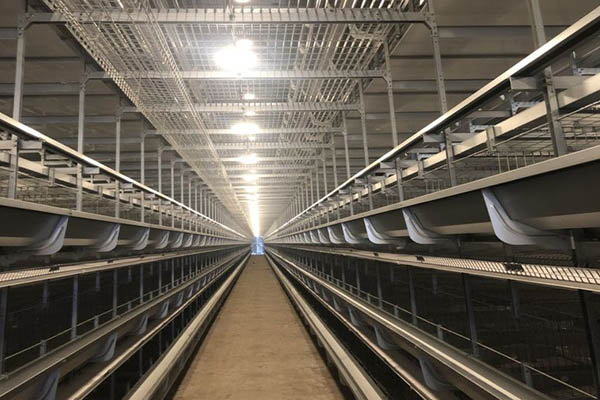Optimizing Chicken Cage Systems in Ghana: Understanding the 100,000-Capacity Trend
Introduction to Chicken Cage Systems
The adoption of efficient chicken cage systems has revolutionized the poultry industry in Ghana. These systems ensure optimal health and growth conditions for chickens, ultimately leading to higher yields. As the demand for poultry products increases, so does the capacity of chicken farms, with the 100,000 capacity mark becoming increasingly common. In this article, we delve into the intricacies of chicken cage systems and their role in modern poultry farming in Ghana.
Understanding the 100,000 Chicken Capacity Systems
The 100,000 chicken capacity is not just a figure; it represents a significant step in poultry farming. To achieve such a large scale, farms utilize advanced chicken cage systems designed to accommodate thousands of birds. Here’s a breakdown of key factors:
- Airflow: Proper ventilation is crucial to maintain a healthy environment for the chickens. The systems often include fans and exhaust units to regulate temperature and humidity.
- Nutrition: Feeding stations are strategically placed to ensure easy access to food for all chickens, minimizing waste.
- Sanitation: The design of these systems includes automated cleaning features to reduce the risk of diseases and maintain hygiene.
- Watering Systems: Continuous supply of clean water is essential, and systems are equipped with nipples or drinker heads for easy access.
- Labor Efficiency: Advanced systems can reduce labor requirements by automating feeding, cleaning, and egg collection processes.
Market Trends and Data in Ghana
The poultry industry in Ghana has witnessed remarkable growth over the past decade. With the rise in urbanization and the increasing demand for affordable protein sources, the number of farms adopting the 100,000 chicken capacity systems has surged. According to recent statistics:
| Year | Number of Chicken Farms with 100,000 Capacity |
|---|---|
| 2015 | 200 |
| 2020 | 800 |
| Projected by 2025 | 1500 |
Choosing the Right Chicken Cage System
When selecting a chicken cage system, several factors must be considered to ensure its suitability for the farm’s needs:
- Farm Layout: The space available on the farm should dictate the type and size of the cage system.
- Bird Species: Different species may require different cage designs to accommodate their specific needs.
- Climate: Systems must be able to withstand the local climate, with adjustments for temperature and humidity control.
- Quality and Durability: Invest in high-quality, long-lasting materials to reduce maintenance costs.
Conclusion
The trend of reaching a 100,000 chicken capacity in Ghana is a testament to the efficiency and scalability of modern chicken cage systems. By understanding the key aspects of these systems and their implementation, poultry farmers and investors can make informed decisions to maximize their yields and profitability.
Are you considering setting up a large-scale poultry farm in Ghana? Let us help you with a free poultry farming design and equipment quote from LIVI Machinery. Contact us today to get started.





